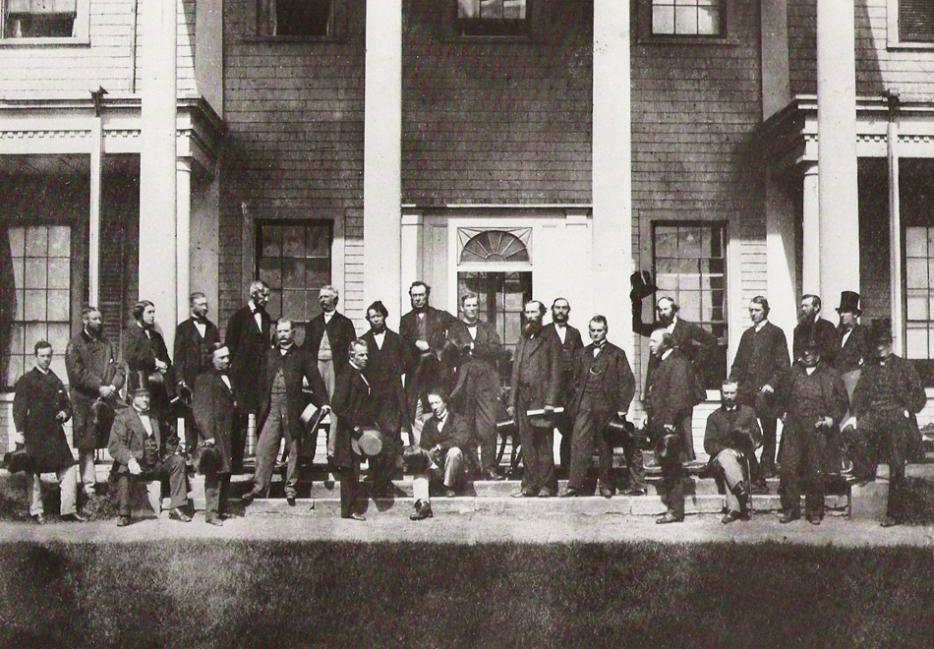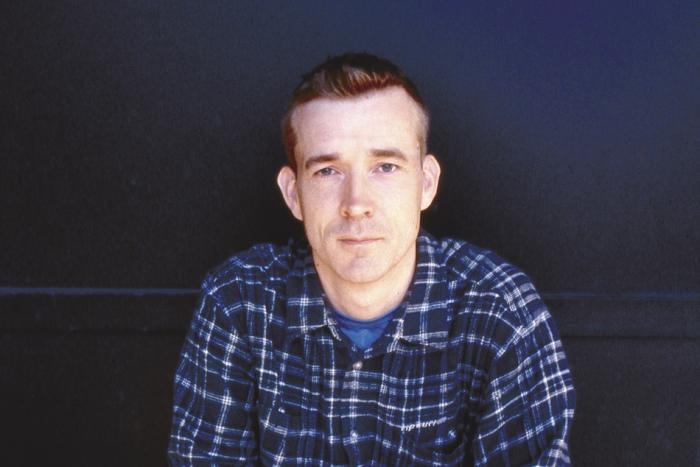On August 28, 1864, John A. Macdonald showed up half-cut to a cabinet meeting of the government of what was then the United Province of Canada. This was not, strictly speaking, a unique occurrence, nor was the fact that he continued to drink throughout, and ended up getting into such a raucous fight with fellow cabinet minister George Brown that they had to shut the meeting down. Macdonald was so famous for drinking and fighting with Brown, he once responded to a Brown-supporting heckler with the famous line, "Yes, but the people prefer John A. drunk to George Brown sober." (One of those observations that's funny, in a historical sense, because it's true.)
What was actually unique about this cabinet meeting and this particular instance of Macdonald's inebriation was that it was the last one before the Canadian delegation was to sail to Charlottetown to crash a meeting of their Maritime brethren. The conference was originally supposed to be about forming some kind of union between Nova Scotia, New Brunswick, and Prince Edward Island; the Canadians wanted to convince them to join something even bigger, and had a week, from Sept. 1 to Sept. 9, to do it.
Confederation, as it had recently come to be known, was a big deal for Macdonald—and Brown, for that matter, the issue being the main reason Brown had agreed to get into the coalition cabinet with Macdonald in the first place—which you think might have engendered a certain sobriety in John A., like at least enough to get through the final meeting before making the pitch. As with the first steps in any good union, though, sobriety is often the enemy.
It was, after all, partly due to a really solid piss-up that the Canadians were even allowed to attend Charlottetown at all. Hard as it may be to believe in this time of glorious national unity, undiluted by regional differences, Canada (which was then just Ontario and Quebec) and the Maritimes (Nova Scotia, New Brunswick, Prince Edward Island, and Newfoundland when Newfoundland felt like it) did not really think much of each other. The Canadians barely gave the Atlantic colonies a passing thought—Brown, in letters, called the Canadian delegation their "big brothers"—and the Maritimes thought Canada unstable and annoying, what with their not-infrequent rebellions and dithering over a proposed intercolonial rail line.
In an effort to fix some of that antipathy and get on the road to Confederation, a tour of the Maritimes for 100 Canadians was organized a month before the Charlottetown conference was to take place. (Because Canadian history is slightly small-town, it was put together by Sanford Fleming, the railway engineer who invented standardized time, and Thomas D'Arcy McGee, the only member of Parliament to ever be assassinated.) It was a smashing success, due in no small part to the participants being regularly smashed; highlights included a massive party at Queen Victoria's father's house in Halifax, and a river cruise that featured a small contingent of Quebecers singing canoeing songs with such joie de vivre that many Maritimers left thinking everyone in Canada spoke French, thus making them the first people to mistake Quebecois charm for the Canadian version.
The political delegation that followed a short while later learned its lesson. There's a rumour that the champagne alone cost them $13,000, which, in today's dollars, would be about $8,600 worth for each of the 23 delegates. What the conference lacked in glamour—the welcoming committee consisted of one man in a commandeered oyster boat, and the Canadian delegates had to sleep on their ship, because the circus had wrapped up every hotel in Charlottetown—it made up for in boozy bonhomie.
The political talk was punctuated regularly with chummy lunches and dinners, most washed down with the aforementioned Canadian champagne. This was a distinct part of the plan: as historian P.B. Waite notes, the most notable Canadian speakers (Macdonald and George-Étienne Cartier) went light on details and "relied on good fellowship and on alcohol" to convince the Maritimers of their cause. Most historians trace the precise moment Confederation became feasible to a lunch on the Canadian ship, which George Brown described thusly: "whether as the result of our eloquence or of the goodness of our champagne, the ice became completely broken, the tongues of the delegates wagged merrily."
Whether it was the eloquence or champagne, in the famous picture of the delegates on the steps of Government House, John A. Macdonald (right in the middle there) is said to be sitting because he was too hungover to stand. And that was a guy who showed up drunk at cabinet meetings.






